10 Unusual Lucky Charms From Around the Globe
Searching for a little extra fortune at the casino-or just interested in how diverse cultures try to tip luck in their favor? Take a fascinating tour of some of the planet’s most unconventional good-luck charms, each with its own unique history and symbolism.
Ladders: From Ancient Passageways to Lucky Symbols
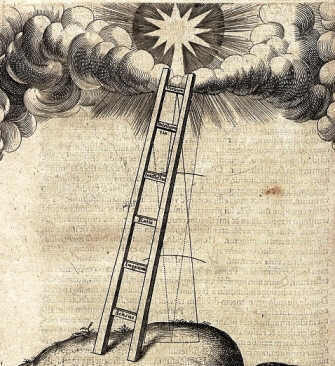
While superstitions warn us about walking under ladders, they haven’t always been associated with bad luck. In Ancient Egyptian culture, ladders were often placed in royal tombs, believed to help the souls of the departed ascend to the heavens. Because a ladder leans to create a triangle-a revered shape in numerous traditions-it has come to represent positive change, protection, and a spiritual journey. Chances are, you already own this potential symbol of fortune in your garage or garden shed.
The Cat’s Eye Gem: India's Stone of Wealth
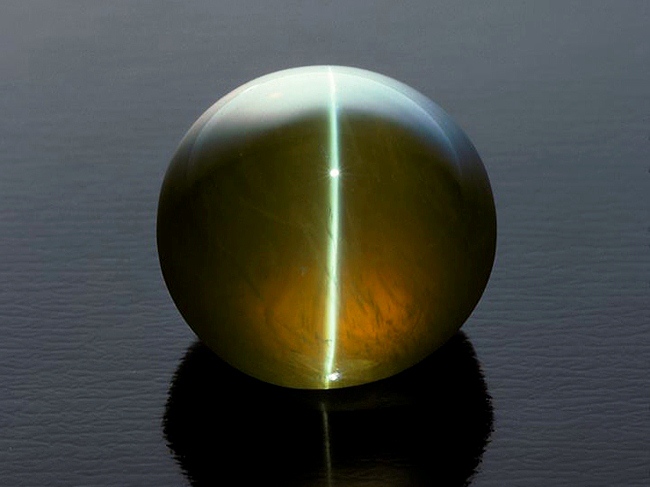
No harm comes to felines in this tradition-the “cat’s eye” is a unique gemstone prized in India and revered for bringing lasting prosperity. Frequently carried by gamblers and merchants alike, it is believed to safeguard its owner from sudden financial setbacks and ensure consistent fortune. Adding this gem to your pocket is said to attract steady success and mitigate bad luck, especially in uncertain business or gambling pursuits.
The Tumi: Peru’s Ceremonial Blade of Blessings
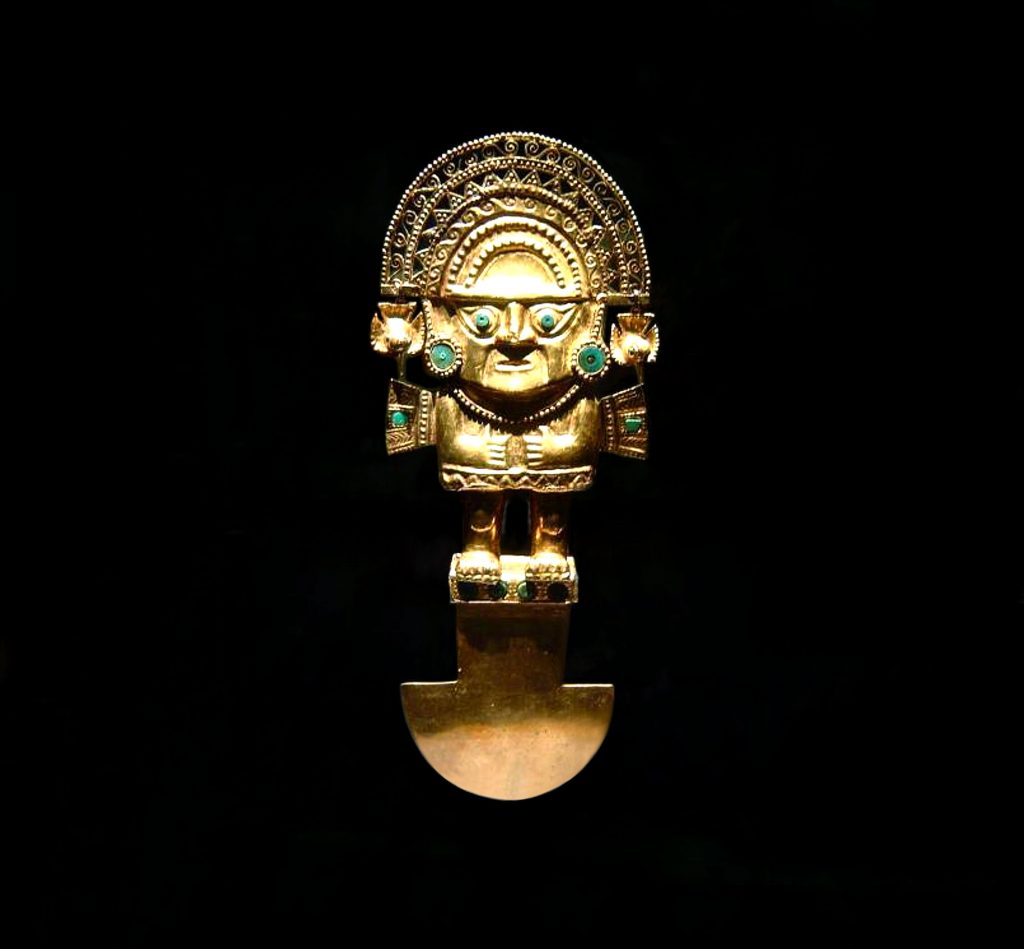
Distinctive with its ornate design and semi-circular blade, the tumi is a ceremonial axe and a national symbol in Peru. Traditionally, it was used by the ancient Incas and pre-Incan civilizations during religious rituals, like sacrifices to the sun god, seeking blessings for a prosperous future. Today, Peruvians commonly hang a tumi above doorways as a household talisman for good luck and protection-its rich heritage now serving as a symbol of optimism rather than solemn ceremonies.
The Three-Legged Toad: China’s Money Frog
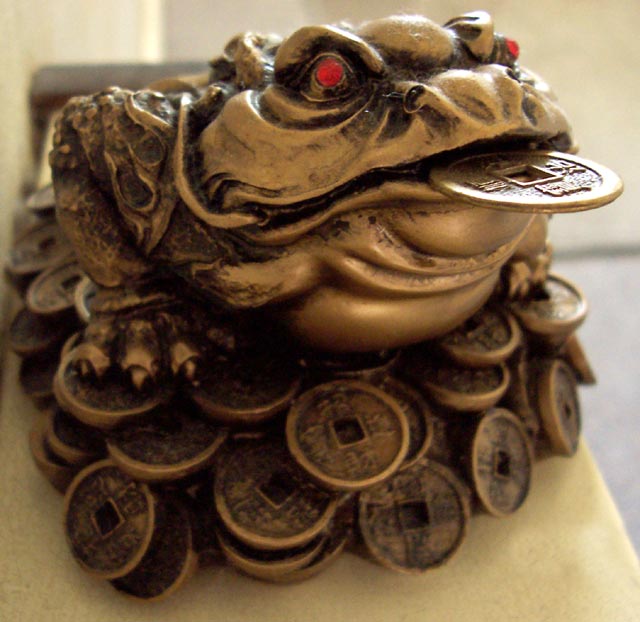
Meet the Jin Chan-a mythical creature in Chinese folklore, often depicted as a gold-bedecked toad with three legs and red eyes. This “money frog” is widely believed to attract prosperity and deflect misfortune. Businesses and households commonly display a Jin Chan figurine, hoping its mystical powers will yield wealth and bountiful luck. Despite its unusual appearance, this amphibian has become a beloved symbol of financial gain, especially among those seeking fortune at games of chance.
The Fascinus: Ancient Rome’s Naughty Amulet
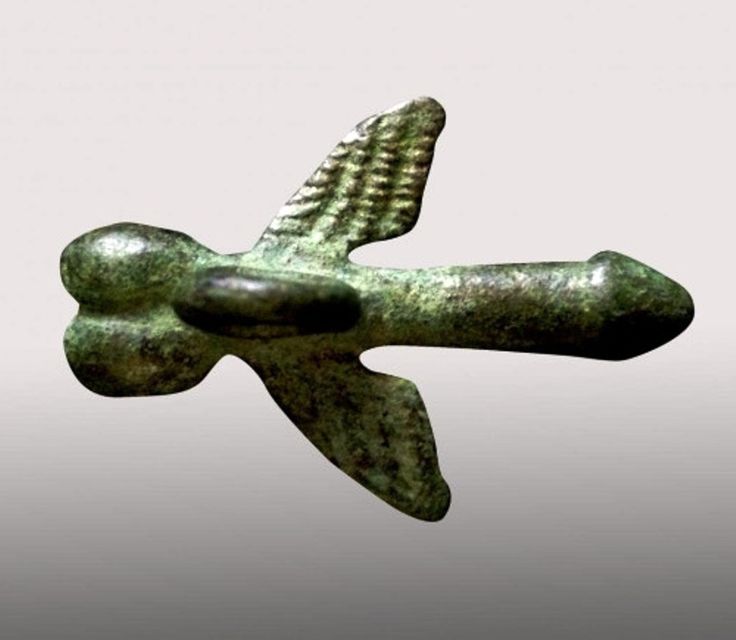
Romans sought protection from misfortune with the fascinus-amulets or statuettes shaped like a phallus, often winged. Far from being a mere oddity, the fascinus was thought to ward off the “Evil Eye” and negative energies. People in Ancient Rome wore these amulets or used them as charms on doorways, believing their power would shield against curses and misfortune. Today, this cheeky artifact is recognized as an emblem of vitality, confidence, and a gutsy approach to life’s challenges.
Carp Scales: Poland’s Festive Token of Prosperity

In Poland, the humble carp plays a special role in Christmas traditions. Families serve carp for dinner on Christmas Eve and, for a bit of lingering luck, slip a few of the fish’s scales into their wallets. The belief is simple-these silvery remnants will invite wealth and good fortune throughout the coming year. Just be mindful to keep your wallet fresh; the scent of fish might not be as lucky as the legend itself!
Rabbit’s Foot: A Globally Carried Lucky Token
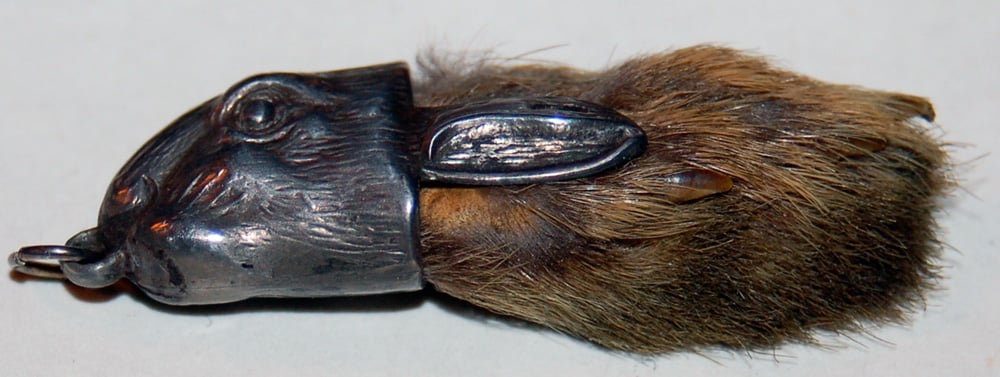
The rabbit’s foot, as a lucky charm, has roots stretching back to at least 600 BC and remains popular across Europe, the Americas, China, and Africa. Legend insists on precision: only the left hind foot of the rabbit is considered to possess the “good fortune” properties-an echo of ancient beliefs that the left side was especially magical or even mischievous. Small and easily attached to a keychain or carried in a pocket, this talisman remains a widely recognized symbol of personal luck.
Alligator Teeth: African Wealth and Gambling Amulet
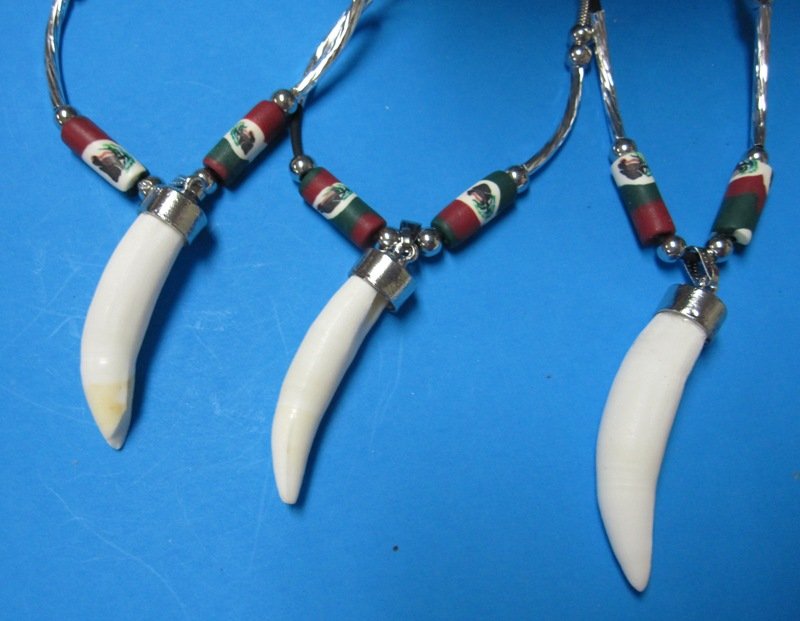
Wearing necklaces adorned with alligator teeth is more than a bold apparel choice-it’s a long-standing symbol of luck in several African cultures. Valued particularly by gamblers, these toothy charms are believed to attract wealth and offer favorable odds. They may even appear in classic casino films as a nod to this fascinating superstition. For many, alligator teeth aren’t just fashion statements, but personal guardians of good fortune at the tables and in life.
Scarab Beetles: Egypt’s Emblems of Transformation
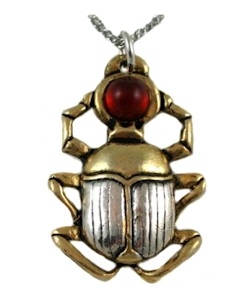
Ancient Egyptians held the scarab beetle in the highest regard, crafting countless amulets to depict this revered insect. The scarab was associated with the sun god Ra, embodying rebirth and continuous transformation. Like the scarab that rolls a ball of earth (or dung) across the ground, devotees believed these amulets would protect their spiritual well-being and inspire renewal. Scarabs are still found as jewelry or ware today, worn as tokens for change, protection, and a fresh start-both at the card table and beyond.
Vulture Heads: Divining Luck in Southern Africa

The vulture is a bird few would associate with good fortune, yet in some parts of southern Africa, a preserved vulture head is viewed as the ultimate lucky talisman. The vulture’s sharp eyesight is believed to grant clairvoyant powers, making it especially popular among lottery players and gamblers eager for a winning edge. The demand for these rare talismans has even led to environmental concerns, as wild vultures become increasingly scarce due to the prevailing superstition.
Luck and Mindset: Do Charms Really Work?
Whether scientific or purely superstitious, lucky charms serve as powerful psychological motivators. While there’s no proof that any object can truly change your fortune, the belief in luck can boost confidence and decision-making. When you feel luck is on your side, you’re more likely to pursue opportunities boldly and with optimism. If one of these unique amulets helps you feel invincible, perhaps that’s all the magic you need next time you test your luck.
Explore more fascinating insights into fortune and chance with our guides to lucky colors and lucky numbers by zodiac sign.













